Bank Like a Woman™
What if women designed a bank?
Financial services are NOT one size fits all.
Financial services are NOT one size fits all.
We launched our inaugural Bank Like a Woman study in 2021 inspired by a demographic of Canadians who have been traditionally underserved in financial services.
To challenge the assumption of ‘gender neutral’ or ‘one-size-fits-all’ financial services, we approached this study with curiosity, empathy, a pinch of attitude, and a burning desire to understand two things:
How women uniquely experience their relationship to money; and
How to create higher-quality, targeted financial services with these differences in mind, and imagine what it would look like if woman designed a bank.
We surveyed women across Canada to discover their unique concerns, pain points, and wild successes with regards to their financial experience. We dove deep into the defining moments of their lives and learned how money has helped or hurt in those moments. By focusing on women’s lived experiences, we knew we could get to the heart of the issues women face, and reimagine financial services that are not only better for women, but for everyone.

We set out to understand the unique financial experiences of women, and how we might design better financial services with those experiences in mind. We asked women what they want from their bank, and what we heard was clear.
Despite the strong evidence for targeting women as customers, there is a distinct gap in the market for customized products and services in the Canadian banking ecosystem.
We know that getting more money in the hands of women has nothing but benefits. Innovative solutions that come from disrupting the ‘default male’ status quo and thinking critically about gender and financial services are in everyone’s best interest.
We want to be a part of the solution. So we're going to fill that gap. Armed with all this knowledge, we are building something BIG. An announcement will be made in due time, so connect with us and be the first to know!
“The result of this deeply male-dominated culture is that the male experience, the male perspective, has come to be seen as universal, while the female experience—that of half the global population, after all—is seen as, well, niche.”
